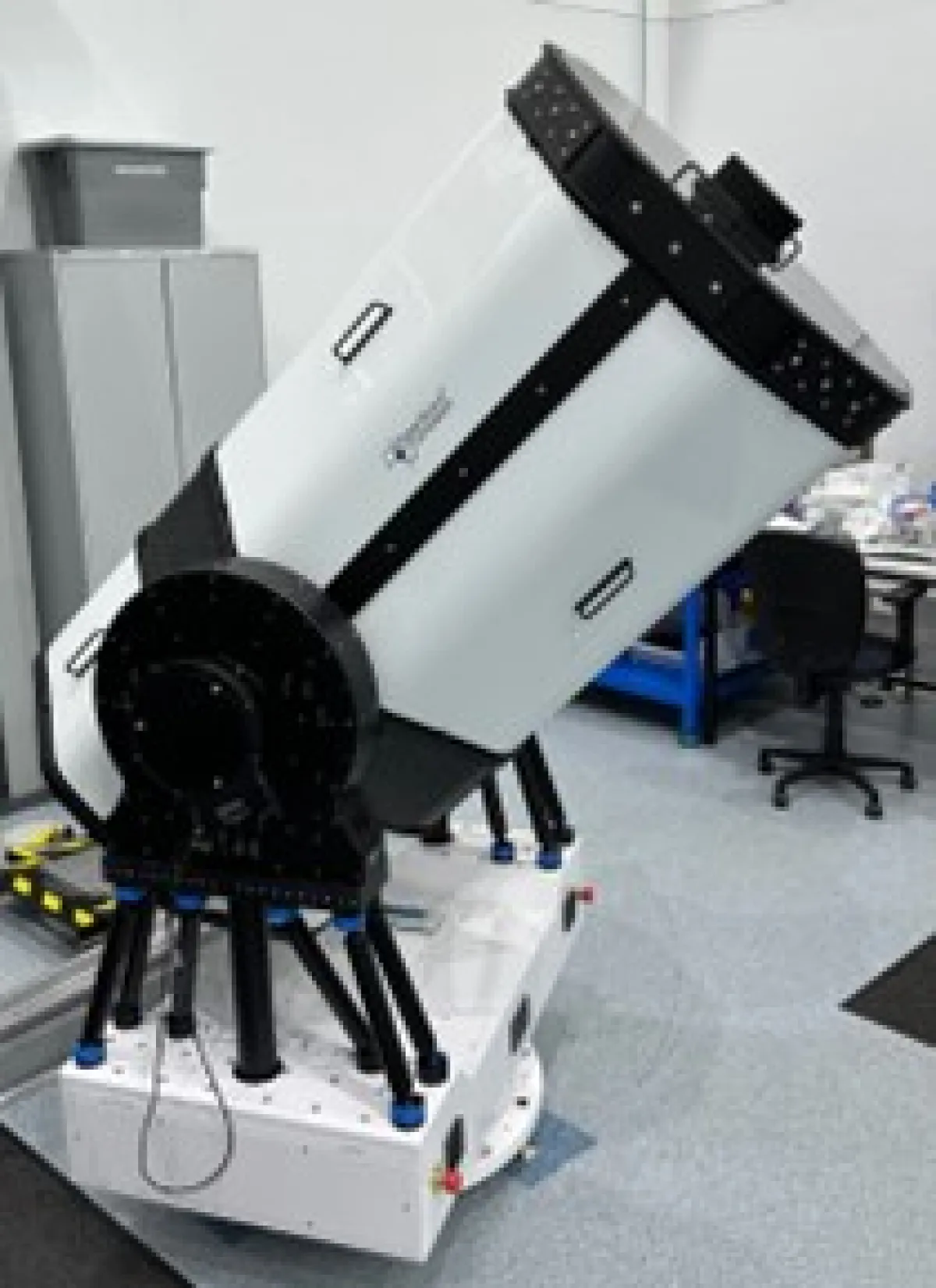A Deep-Space and Lunar Optical Communication System: Optical ground station to support Artemis II
The successful applicant will join the ANU team and will assist with the development of instrumentation for the optical communication team
Research themes
Content navigation
About

The RSAA Laser Communication Program is a translational research program using cutting edge optics and photonics translated from astronomy for space and communication applications. We use adaptive optics, quantum communication, high power laser systems, single photon detectors, and advanced telescope systems to research the next generation of communication technology. The program has several large funded projects with opportunities for students to get involved and participate in cutting edge and exciting space research. These along with smaller projects are exciting ways for students to be involved in a fast-paced and dedicated research team.
The Laser Communication projects are:
-
A Deep-Space and Lunar Optical Communication System: Optical ground station to support Artemis II
-
Adaptive Optics for Laser Communication: iLaunch Trailblazer
-
Laser Communications Site Testing and Analysis
This is an exciting opportunity for students to be involved in a project with international significance. ANU has been awarded a large research grant to potentially contribute communication services to the next crewed mission to the Moon: Artemis II. This could be Australia's most significant contribution to a crewed NASA program since the Apollo 11 Moon landing. ANU is working with the Australian Space Agency and NASA to provide a capability for laser communication from Artemis II to Australia. ANU is partnering with local companies Liquid Instruments, Platypus Instruments, and SSC Australia to develop the ground infrastructure to support the mission.
Activities in this project will include:
-
Prototyping an advanced optical system to transmit and receive a laser communication signal to/from the Orion capsule
-
Developing the electronic and fibre infrastructure to produce the transmitted and receive optical signals
-
Work on simulations and link budgets to determine how the system will operate under a range of scenarios
Skills that will be utilised:
-
Electronics and fibre-optics
-
Mechanical design/engineering
-
Systems engineering
-
Simulation
-
FPGA programming
-
Optical design
-
Lasers and modulators including high power
-
Detectors including single photon counting devices
-
Cryogenics and vacuum systems
-
Telescopes and operations
-
Laser communication techniques and encoding
The ANU Acknowledges support provided by the Australian Space Agency Moon to Mars Demonstrator Mission Grant program to facilitate operational capability for the Australian Deep Space Optical Ground Station Network.





